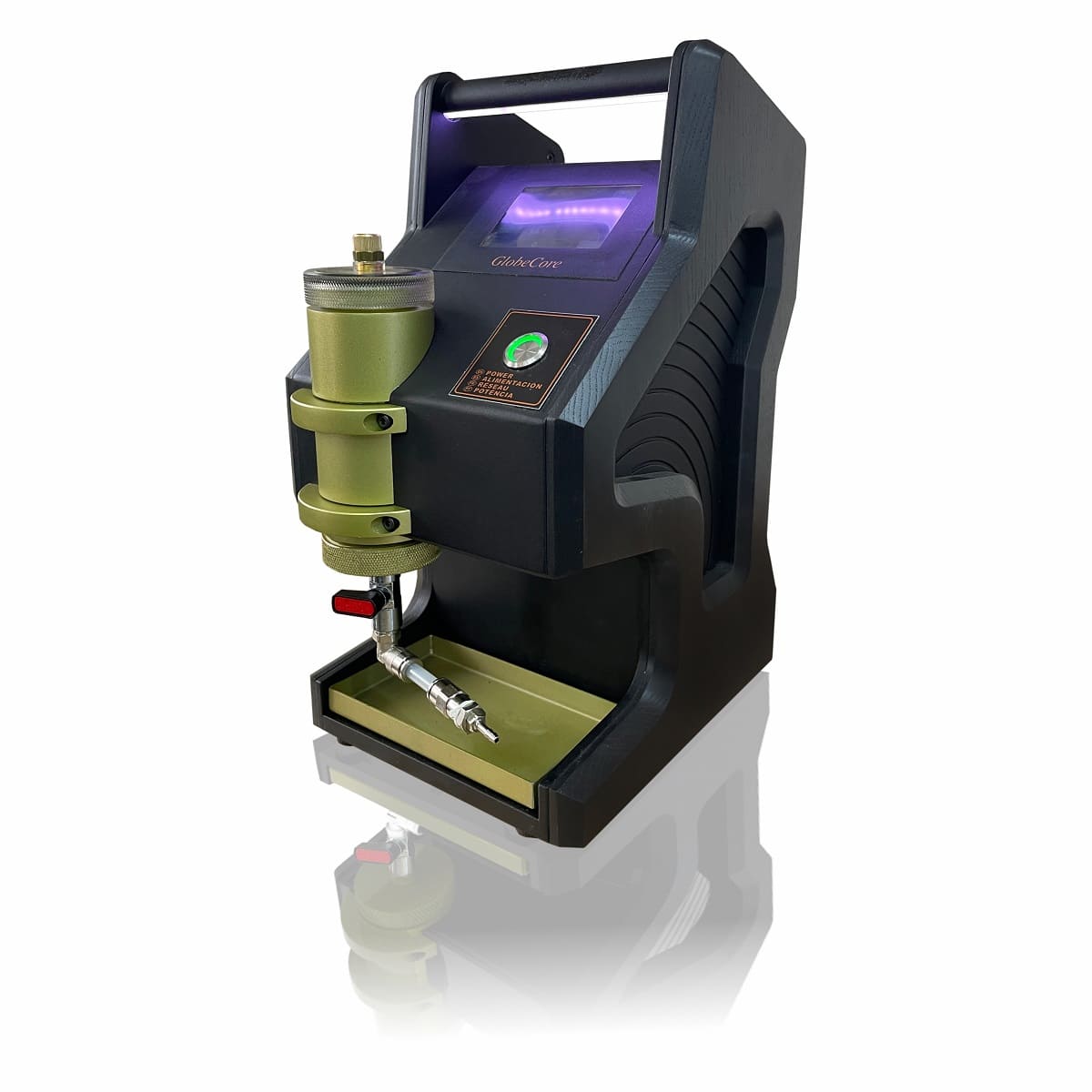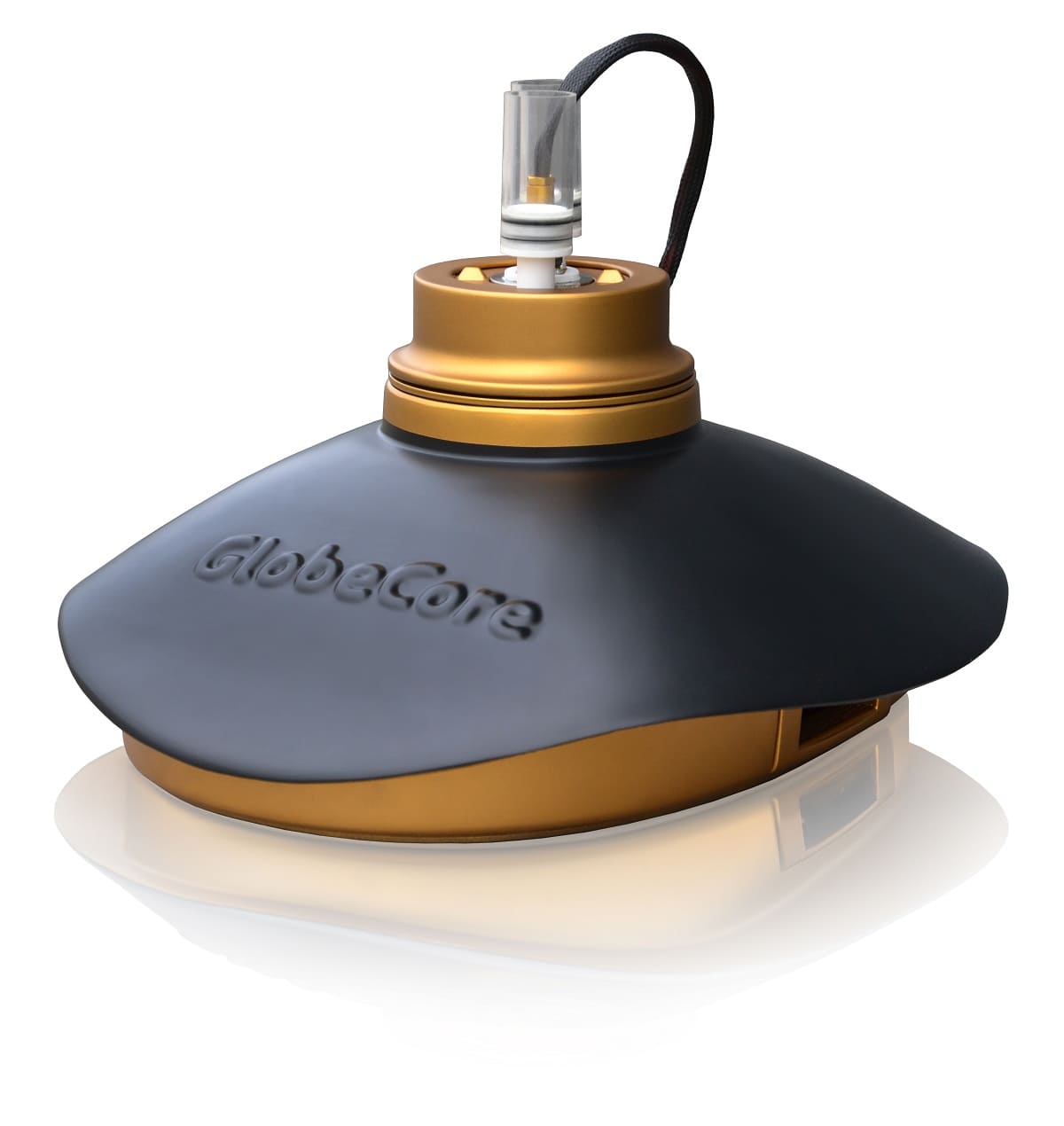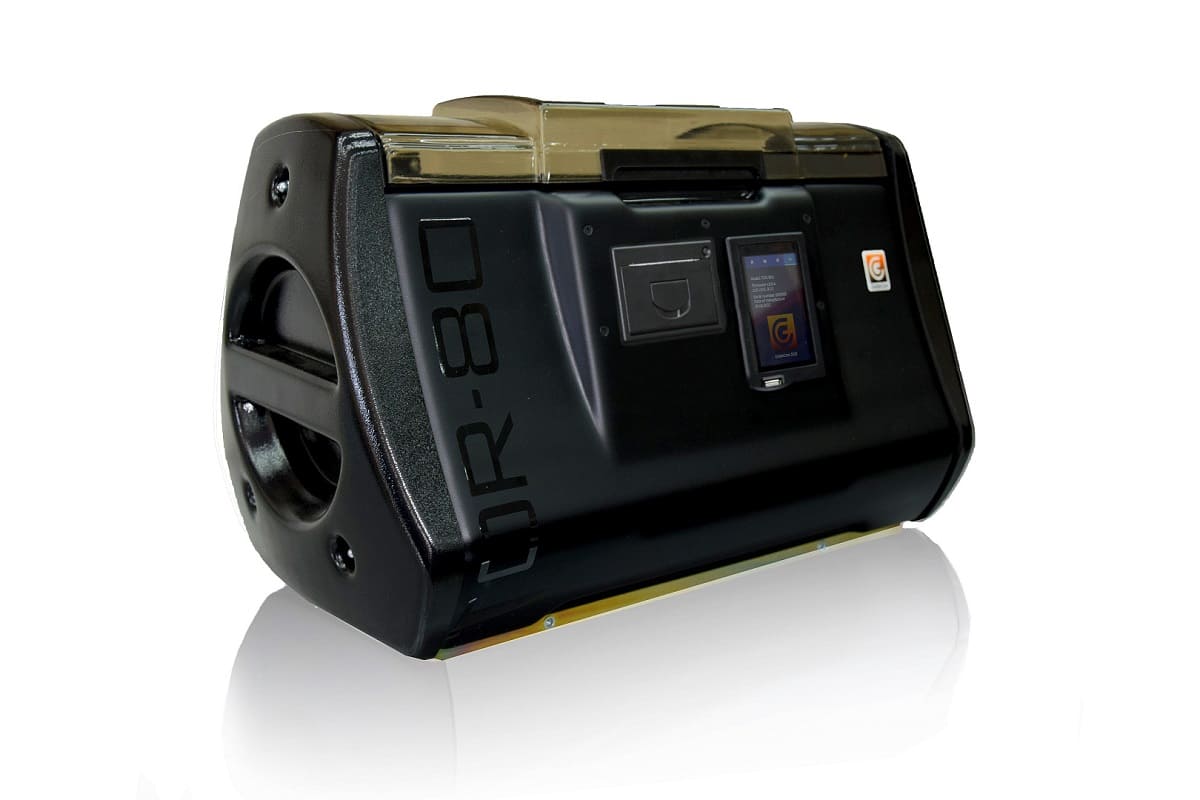How is the BDV test of transformer oil conducted?
- This topic has 1 reply, 2 voices, and was last updated 1 year, 3 months ago by .
Answers
-
September 6, 2024 at 9:48 am by Patrick Scott
The BDV test of transformer oil, or Break Down Voltage test, is conducted using a BDV tester designed specifically for this purpose. First, the transformer oil sample is carefully prepared and placed in a testing cell typically made of high-quality glass or plastic to prevent contamination. The tester then applies a gradually increasing electrical voltage across the oil sample using electrodes, which are set a specific distance apart, usually 2.5 mm. As the voltage increases, the oil’s insulating properties are tested until a dielectric breakdown occurs, signifying the point at which the oil no longer effectively insulates, and a spark jumps between the electrodes. The voltage level at which this breakdown occurs is recorded as the BDV value. A higher BDV indicates better insulating strength and oil quality. Throughout this process, careful monitoring for factors such as temperature and oil cleanliness is essential, as they can significantly influence the results. Globecore offers advanced BDV testing equipment that ensures accuracy and reliability in assessing transformer oil quality.



